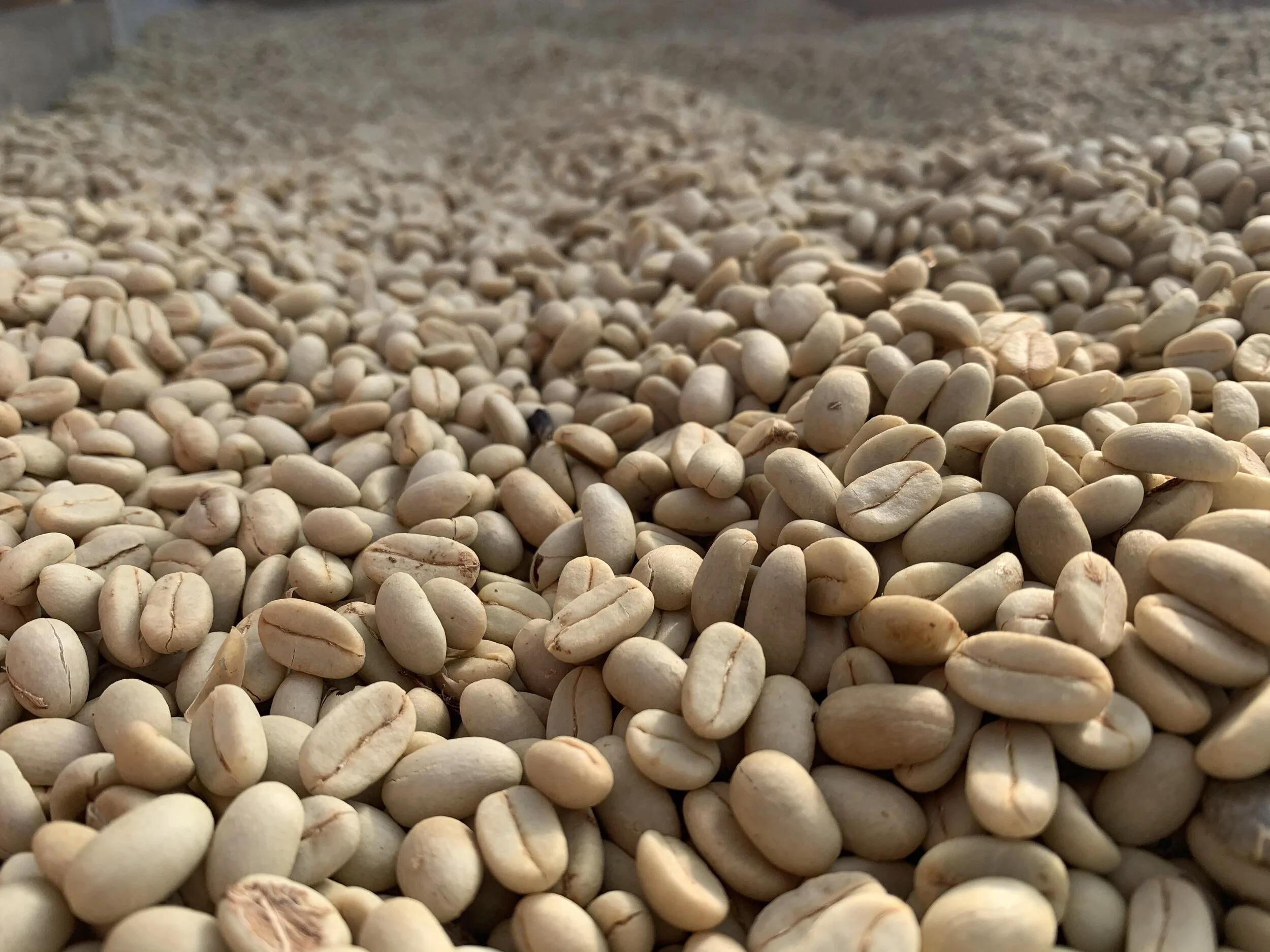How do you get a washed coffee?
The beans are picked and then the unripe beans, leaves, or anything else that is not a ripe bean will be discarded.
The next step is de-pulping in a machine that separates the beans from the husk. The de-pulped beans are still covered by a viscous substance called the mucilage. In the next step, this mucilage is removed and the parchment loses its mucous-like texture and becomes a bit less slick.
For most of the coffees, the process of removing the mucilage takes around 12 to 24 hours, although this also depends on the temperature, the thickness of the mucilage, and the concentration of enzymes.
Once the mucilage is fully removed, the coffee can be dried. Usually this is either in the sun or in a mechanical drier, or even a combination of both. Drying in the sun can either be done on large patios which have a concrete or similar underground, or on African beds.
The beans are spread out in a layer which varies from 2 to 10 centimeters in thickness, and are being raked frequently to assure a uniform drying process of all the beans. It can take from five to ten days to reach the desired level of humidity, again depending on the meteorological circumstances.
In large plantations, owners may opt for drying in machines that use hot air. However, this process requires great quality control as it may affect the quality if it is not done well, and it may also lead to high energy costs.
Qualities and descriptors
These coffees often have lighter, more accessible bodies, clean cups, frutal and floral descriptors, and a brighter or more intense acidity.
Most countries that are known for the acidity in their coffees, will predominantly process washed coffees to preserve these characteristics.


